Travel & Planning for New Destination Released. Free Shipping to Most Countries Around the World.
Free Shipping to Most Countries Around the World.
Look closely at Tokyo’s Shofukuji, Kyoto’s Tofukuji, Kamakura’s Engakuji, or Nara’s Toshodaiji and Todaiji temples in Japan—they all borrowed elements from this perfectly preserved living museum of southern Chinese architecture. This building represents a crucial cultural legacy of Ningbo (historically called Mingzhou) as a vital hub on the “Maritime Silk Road.” Famous Tang Dynasty monks who sailed to Japan didn’t just bring Buddhist teachings but also brought along skilled builders. Rebuilt during the Northern Song Dynasty, this wooden structure has stood firm through a thousand years of history—truly the architectural equivalent of a living fossil.
As the most complete surviving Song Dynasty wooden structure in southern China, Baoguo Temple’s Grand Hall (Daxiong Baodian) exemplifies official Song Dynasty construction methods, woodworking techniques, and decorative painting, holding a significant position in the history of ancient Chinese wooden architecture. Since its construction predates the publication of the Northern Song’s “Building Standards” (Yingzao Fashi) by more than 90 years, many of the hall’s techniques and regulations serve as physical evidence for these standards, with some features being unique examples. Other Song Dynasty structures from the same period, such as Lingyin Temple and Tiantong Temple, have lost their original Song architectural characteristics due to natural disasters and human destruction. Visitors can appreciate the national importance placed on this architectural museum through its meticulous restoration and educational materials prepared by professionals from China’s top universities, including Tsinghua University, Southeast University, and Tongji University.
Local stories claim that “birds won’t perch and insects won’t enter” Baoguo Temple. During repairs, experts found the wooden beams and pillars contain a specific aromatic oil with a strong smell that keeps insects and birds away. Looking at the hall’s support structure, visitors can clearly see the inner pillars lean slightly north, yet through precisely engineered joints, the bracketing system locks layer upon layer, firmly connecting all parts to support the massive 50-ton roof. The brackets in Baoguo Temple have a height-to-width ratio of 3:2. According to research by British scientist Thomas Young from the late 18th and early 19th centuries, this proportion offers the highest material efficiency and ideal structural performance.
Baoguo Temple Park covers 28.8 hectares with more than ten scenic spots throughout, including Immortal Bridge, Spirit Dragon Spring, Layered Brocade Terrace, Green Canopy Pavilion, and Ocean View Peak. The park looks different across all four seasons, changes dramatically from morning to evening, shifts between sun and rain-mist, stays warm in winter yet cool in summer, and maintains a peaceful natural environment. The park has thick plant growth and many different species, featuring over 140 types of decorative flowers and plants, plus nine kinds of ancient and notable trees. The park has developed special sections including plum blossom gardens, bayberry groves, kumquat forests, lotus gardens, osmanthus gardens, and bamboo forests, offering flowers and fruits with towering old trees throughout the year. This diverse ecosystem creates good conditions for wildlife. Currently, Zhejiang’s protected animals like hwameis, owls, and hedgehogs live here, along with squirrels, wild pheasants, rabbits, muntjacs, and other animals that occasionally appear.
During my visit, I learned why some buildings look so good. First comes the layout—Baoguo Temple strictly follows the Song Dynasty’s official “Five Mountains and Ten Temples” pattern, starting with the mountain gate, then the Buddha hall, followed by the dharma hall, with east and west wings spread evenly along the mountainside. Then there are many ancient design elements like caisson ceilings (which ancient people saw as representing celestial patterns and also used for fire safety), curved ridges, hanging fish and “grass” decorations (both structural and decorative—truly beautiful), curved doorways, “lightning flash windows” (Northern Song window patterns with wave-like or lightning-shaped curves), and chiwei roof decorations (fish-like figures placed on rooftops for fire protection).
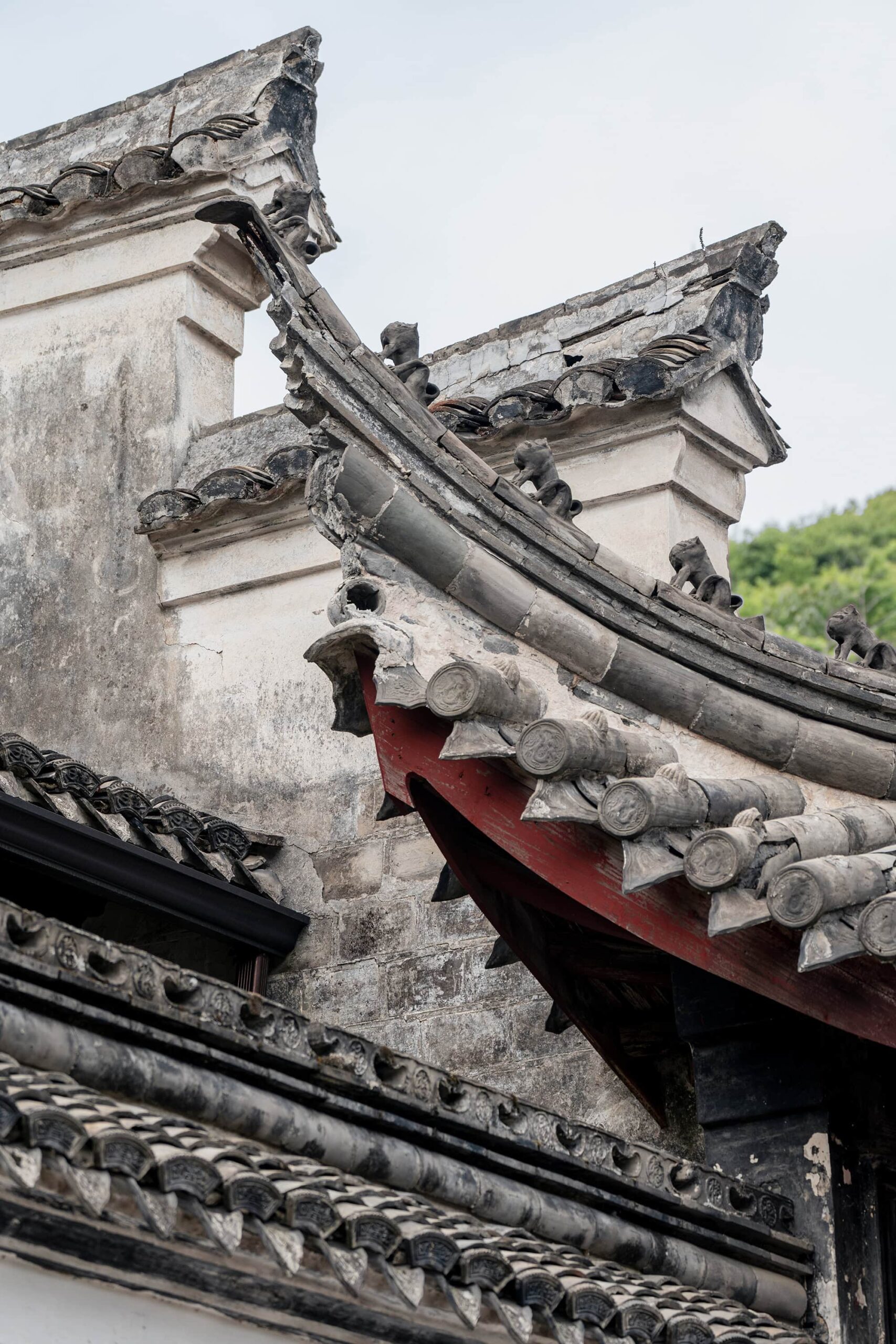
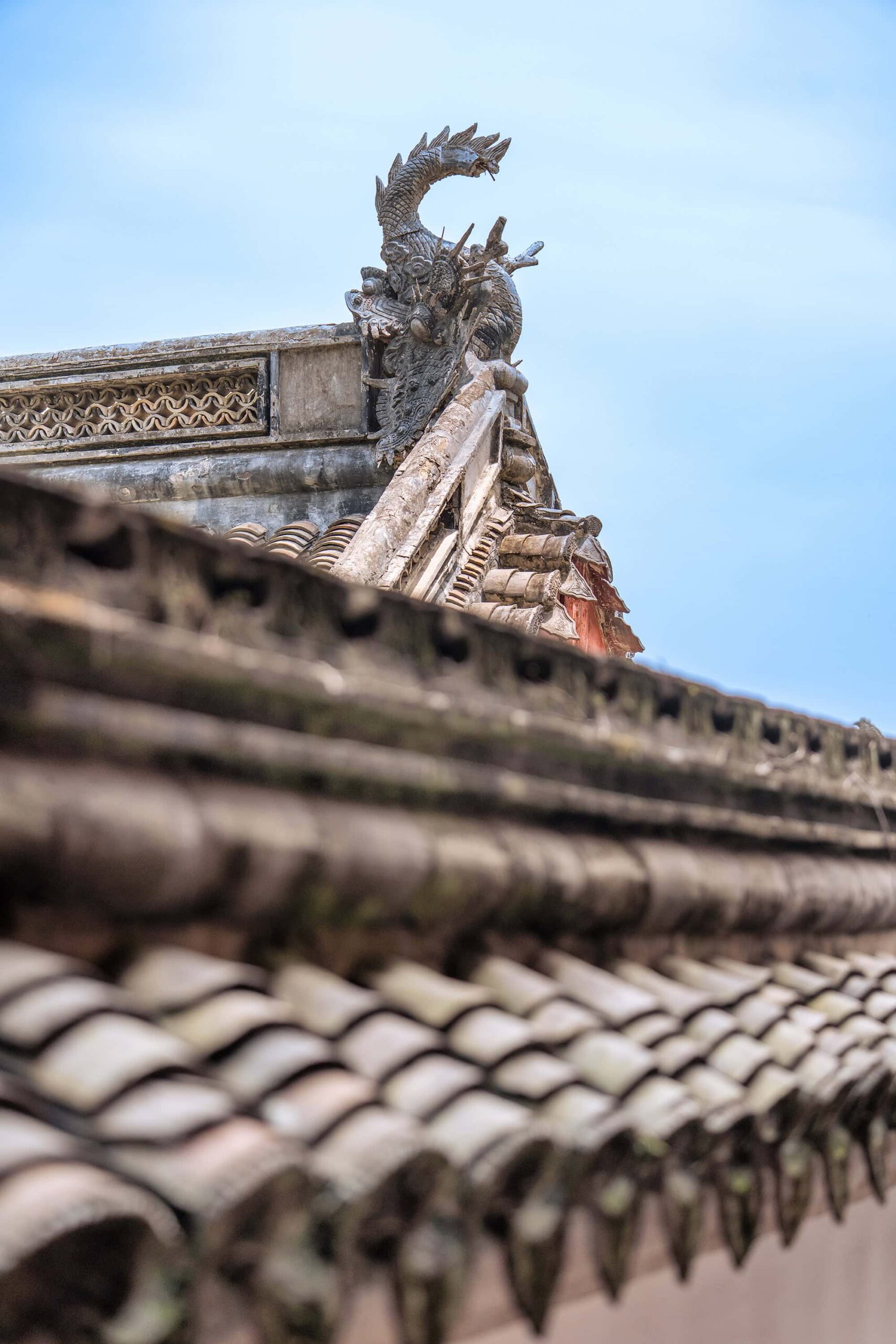

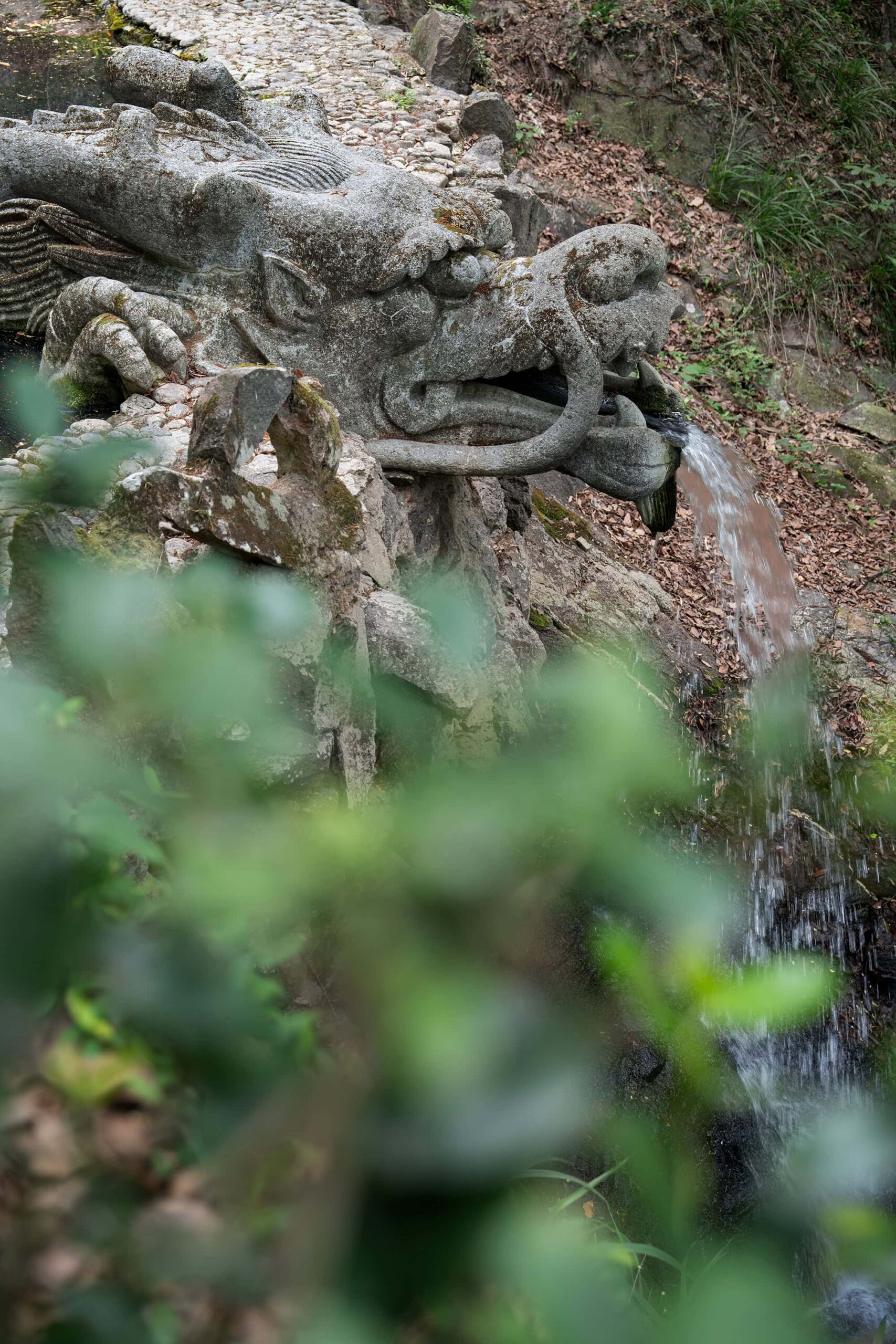
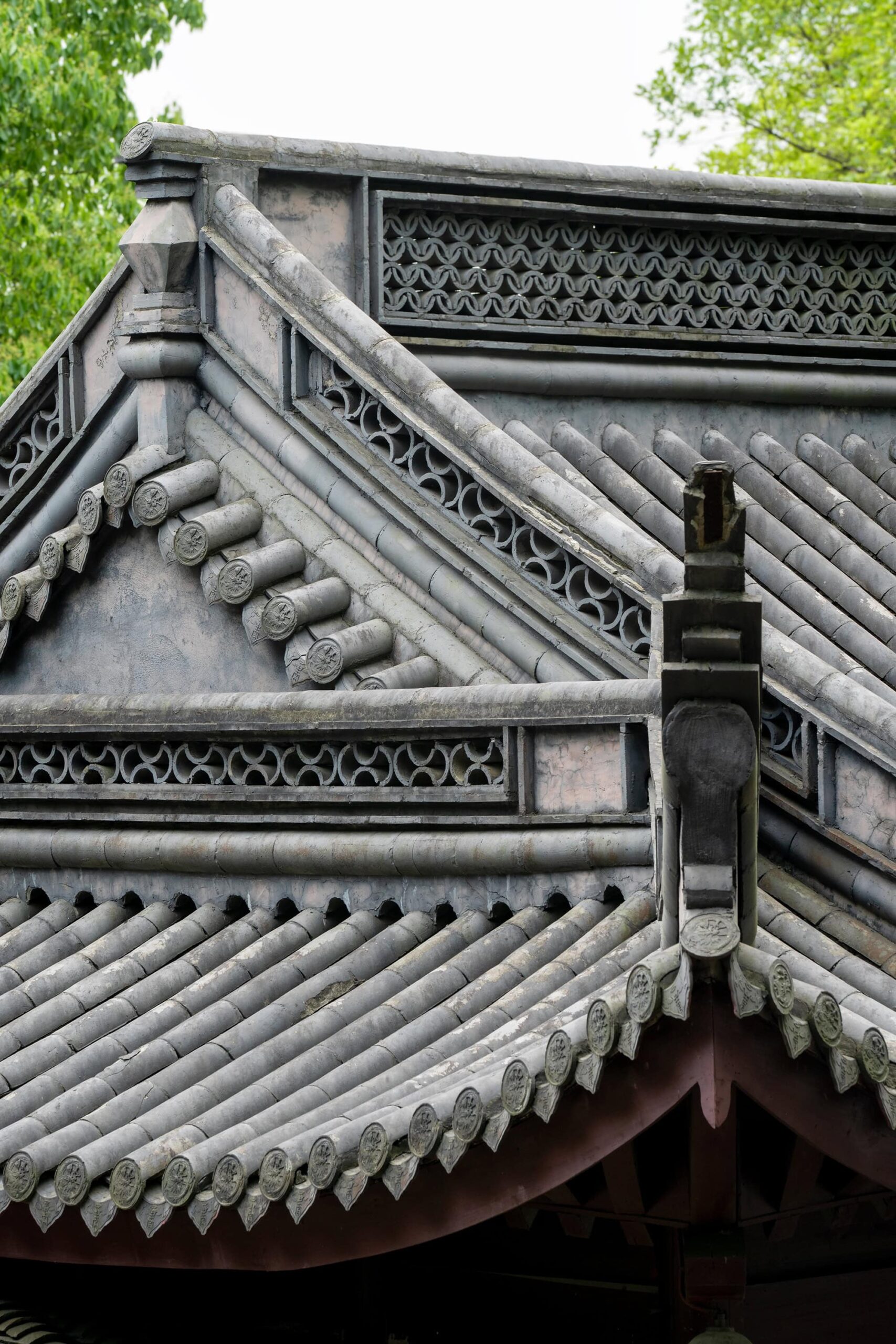
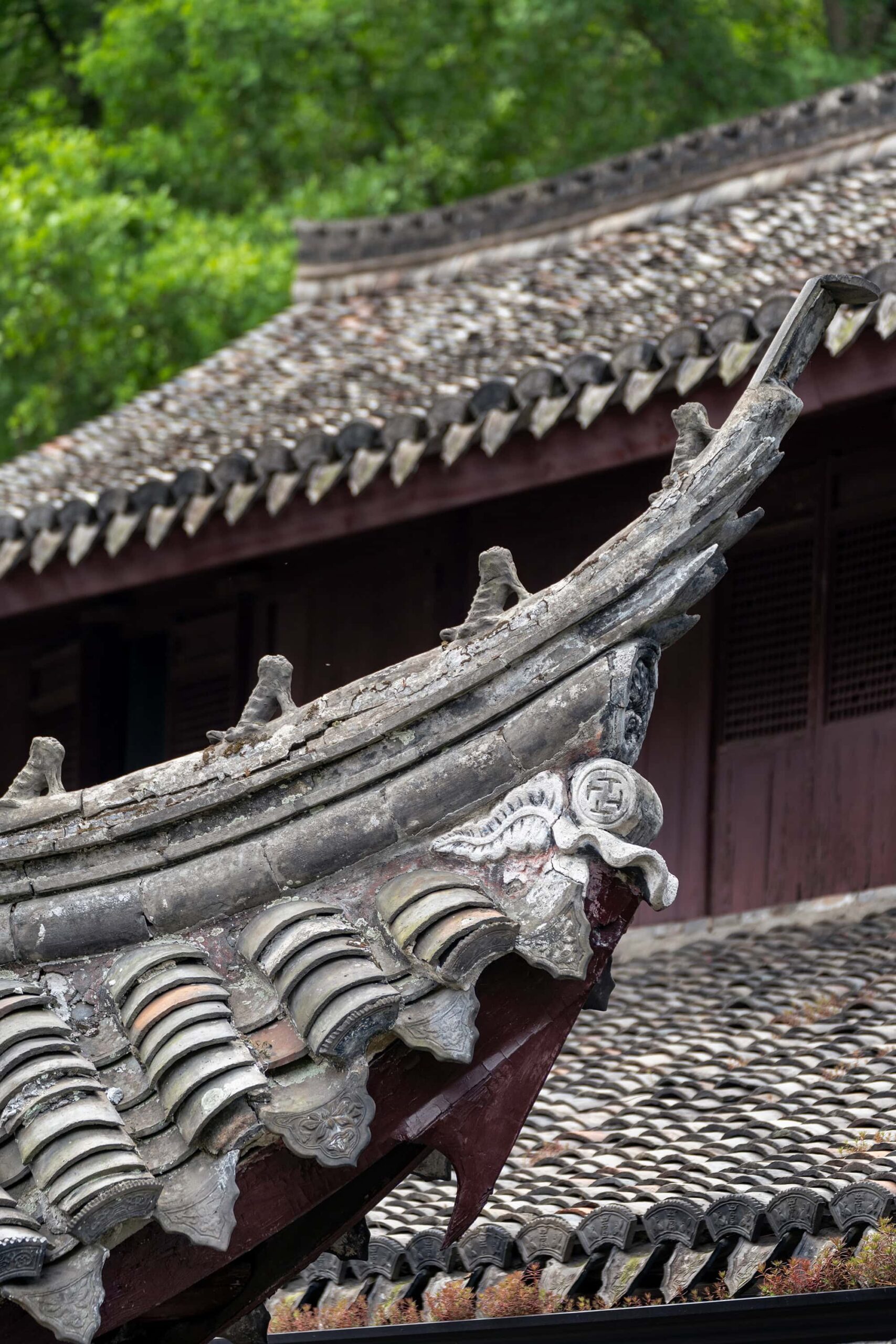












We use cookies to optimize your experience, analyze usage, and personalize content. Your continued browsing indicates consent to our cookie usage and the sharing of site interaction data with our marketing and analytics partners.